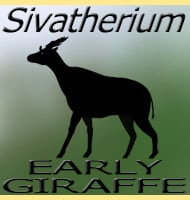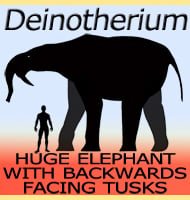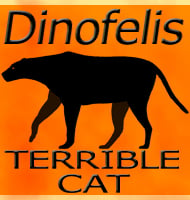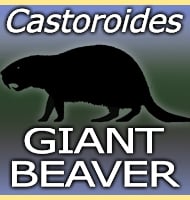


Metridiochoerus
Name:
Metridiochoerus
(Frightful pig).
Phonetic: Met-rid-oh-koe-rus.
Named By: Hopwood - 1926.
Synonyms: Tapinochoerus.
Classification: Chordata, Mammalia,
Artiodactyla, Suidae.
Species: M. andrewsi (type), M.
modestus. Possibly also M. compactus, M.
hopwoodi, M. jacksoni M. meadowsi.
Diet: Omnivore.
Size: About 1.5 meters long.
Known locations: Africa, particularly Eastern
countries such as Ethiopia, Kenya and Tanzania, but also known from
more distant African countries.
Time period: Late Pliocene to Pleistocene.
Fossil representation: Multiple specimens numbering
in the hundreds.
Although
often called the ‘giant warthog’, Metridiochoerus
was actually
around the same size as a large African warthog (Phacochoerus
africanus). Metridiochoerus however
had four enlarged tusks that
grew from the upper jaw which grew to the sides while also curving
upwards. Another similar detail with the modern warthog is that
Metridiochoerus also seems to have been an
omnivore, an idea proposed
from the complicated structure of the teeth which would have been
suitable for a variety of different foods rather than a specific
purpose. This would indicate that Metridiochoerus
fulfilled a similar
ecological niche to the African warthog, primarily feeding upon
grasses, berries, bark and roots, but also incorporating meat
when it came across carrion as well.
Because
Metridiochoerus seems to be so similar to the
African warthog there is
even greater mystery as to why Metridiochoerus
went extinct while
the African warthog lived. It is often observed that no two animals
can occupy the same niche in an ecosystem and when this does happen
both animals live in reduced populations compared to others that
dominate their niche. It could be that the balance between the two
was somehow tipped in favour of the African warthog over
Metridiochoerus. This could possibly be because
the often smaller
size of the African warthog which today’s ranges from 0.9 to 1.5
meters long may have allowed it to develop a larger population which
then started to edge Metridiochoerus out. This
however is but simple
conjecture and further research and study over the coming years will
likely reveal a more complete picture of ancient African ecosystems.
----------------------------------------------------------------------------
Random favourites
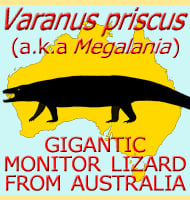 |
 |
 |
